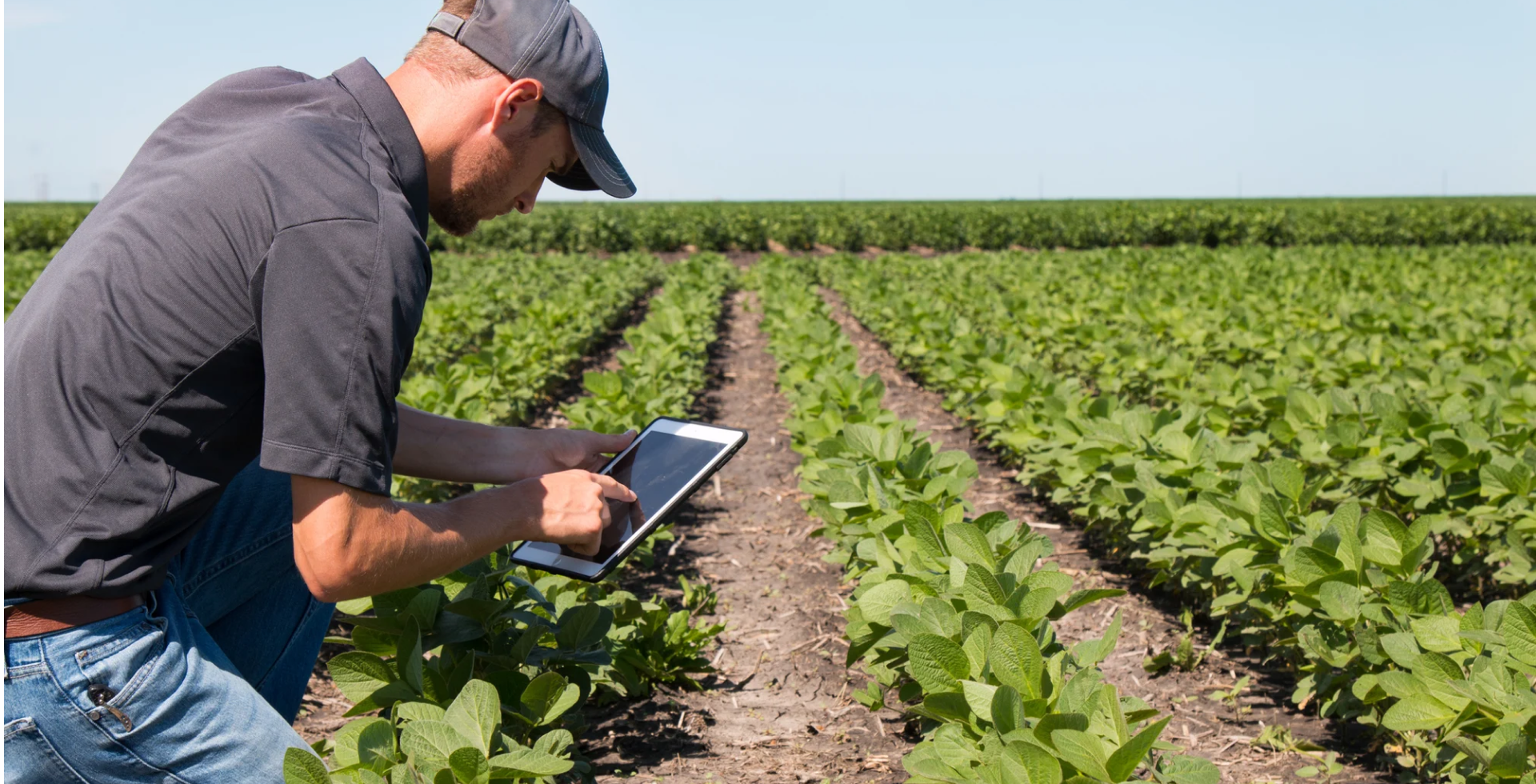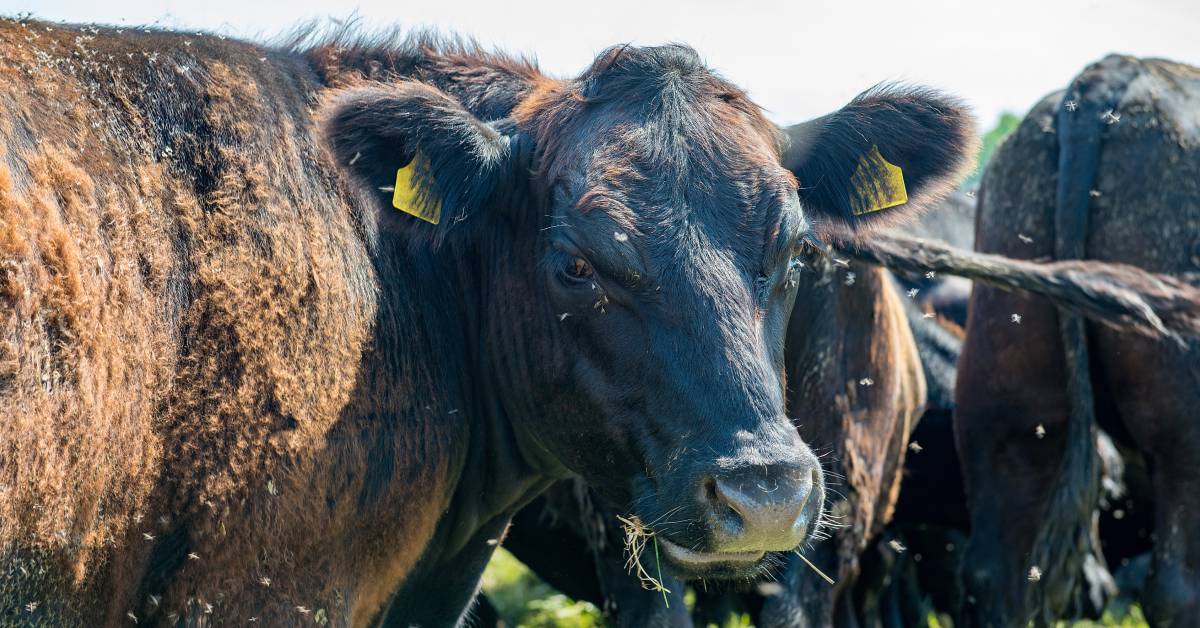Imagine if you had a magic pill that brilliantly optimized all activities on your farm.
A one-step solution with never-ending perks that promises to give life to your agricultural business by providing you real-time access to the health of your crops, the state of the soil, weather predictions, and much more!
Well, you’ve come to the right place. In this article, we have compiled everything about this magic pill: Precision Agriculture Technology.
What is Precision Agriculture? Why it’s Important?
Precision agriculture leverages advanced technology to optimize crop production, including sensors, GPS, and data analysis. This technique integrates crop management software to tailor strategies to specific fields, enhancing efficiency and reducing costs.
Importance
Precision farming is essential because it offers a more efficient and sustainable way of producing food. Farmers may reduce waste and increase crop yields while lowering the environmental effect of their farming practices by utilizing cutting-edge technologies. This can support a more sustainable future and assure food safety.
Types of Precision Agriculture Technology
Here are a few prominent types of precision agriculture technology:
1. Remote Sensing
Utilizing satellite photos and other sensors, remote sensing is a precision agricultural technique that gathers information on soil moisture, crop health, and other factors.
By increasing agricultural yields and decreasing waste, remote sensing can assist farmers in making better decisions and developing targeted crop management strategies.
2. GPS
GPS (Global Positioning System) is a system that provides its users with instant data information regarding the location and conditions of the farm.
This dramatically reduces waste and overlapping by providing real-time information regarding where the crops have been planted, sprayed, or fertilized. It can also promote strategies for farmers and their fields.
3. GIS
A farm’s terrain and crop conditions can be fully viewed using a GIS or geographic information system, which is a tool that combines GPS data with maps and other spatial information. This technology, which has roots in various industries, including GIS in telecom, can be powerfully applied to agriculture.
GIS technology can help farmers improve crop yields and profitability by optimizing resource use and minimizing waste while reducing environmental impact.
4. Variable Rate Technology (VRT)
The Variable Rate Technology (VRT) enables farmers to apply inputs, such as fertilizers and insecticides, at various rates depending on the particular requirements of multiple locations within a field.
VRT systems use sensors and mapping technology to determine where inputs should be applied and at what rates, increasing efficiency and reducing waste.
5. Soil Sensors
GPS also utilizes sensors, such as soil sensors, which allow farmers to monitor moisture in the soil, nitrogen levels, and other elements that promote crop growth.
These sensors are placed anywhere on the farm that the farmers would want to monitor to improve fertilization and irrigation.
6. Crop Sensors
Crop sensors measure various aspects of plant health, including chlorophyll levels and canopy temperature. By collecting real-time data on these factors, farmers can identify areas of their fields under stress and adjust their management strategies accordingly.
For example, crop sensors can adjust irrigation rates, optimize fertilizer applications, or identify disease outbreaks before they become widespread.
7. Drones
Drones are portable devices equipped with:
- Cameras
- Sensors
- GPS
These help collect valuable information regarding crop health, soil conditions, etc.
This data can be used to create detailed maps and identify areas that require targeted management strategies.
For example, drones can identify crop damage from pests or diseases, monitor irrigation systems, or survey fields for planting or harvesting.
Benefits of Precision Agriculture Technology
Precision agriculture technologies offer numerous benefits for farmers and the environment. Let’s look into a few:
1. Increased crop yields
Precision farming technology can increase crop yields by tailoring management strategies to the specific needs of different areas within a field.
Farmers can increase their production levels by
- Maximizing resource utilization
- Minimizing waste
This allows them to cater to the growing population and its ever-growing demand for food.
2. Reduced costs
Precision agriculture technologies adopt strategies that greatly minimize costs by reducing the use of
- Water
- Fertilizer
- Pesticides
By tailoring management strategies to specific areas within a field, farmers can use these resources more efficiently, ultimately reducing input costs and improving profitability.
3. Improved efficiency
Precision agriculture technologies can improve efficiency by providing farmers with real-time data on crop and soil conditions. This helps them make better-informed decisions and adjust their management strategies when and however needed.
4. Reduced environmental impact
By minimizing the use of resources like water, fertilizer, and pesticides, precision agricultural technology can help lessen the environmental effects of farming. By tailoring management strategies to specific areas within a field, farmers can use these resources more efficiently, reducing the number of pollutants released into the environment.
Challenges Of Precision Agriculture Technology
While precision farming systems offer numerous benefits, there are also several challenges that farmers and researchers must address.
1. Data management
Data management can be challenging in precision agriculture technology, as the amount of data generated can be overwhelming. Farmers and researchers must collect, store, and analyze data effectively to make informed decisions and optimize management strategies.
2. Labor
The equipment used in precision agriculture technology is quite advanced, so a team of exceptionally skilled labor is required to operate it.
Some farmers may even require additional training, or specialized technicians may also be needed, which directly adds to the overall cost.
3. Regulation
Regulation is also challenging in precision farming technologies, as specific technologies and inputs may be subject to government regulations or restrictions. Farmers must navigate these regulations to ensure compliance while maximizing precision agriculture technology’s benefits.
Folio3 Resource Augmentation and its Benefits
Folio3’s resource augmentation involves providing additional skilled personnel to a client’s in-house development team. This service offers:
- Cost savings
- Increased flexibility
- Access to expertise
- Reduced time-to-market
- Improved productivity
It allows clients to quickly scale their team up or down, access a diverse pool of experts, and complete projects faster and with higher quality.
Conclusion
Clever use of precision agriculture technology can result in numerous advantages, including:
- Improve yields
- Lower costs
- Boost efficiency
Minimal negative impact on the environment. However, challenges such as cost, complexity, data management, labor, and regulation must be addressed to fully realize these technologies’ potential.
Q1: How does precision agriculture technology help reduce input costs and increase yields?
Precision agriculture technology can reduce input costs and increase yields by optimizing resource use, tailoring management strategies to specific field areas, and providing real-time data to inform decision-making.
Q2: How can data analytics and artificial intelligence (AI) be used in precision agriculture technology?
Data analytics and AI can be used in precision agriculture technology to analyze large amounts of data, identify patterns and trends, and make informed decisions about management strategies. This can improve efficiency and productivity while reducing waste.
Q3: What is precision farming technology?
Precision farming technology refers to a suite of technologies and practices that allow farmers to optimize management strategies and reduce waste by tailoring inputs and management decisions to specific areas of their fields based on real-time data.
Q4: How can I get started with precision agriculture?
Getting started with precision agriculture involves assessing your needs and goals, selecting appropriate technologies and practices, and implementing them effectively. Consulting with experts, attending workshops, and accessing online resources can all be helpful in this process.







